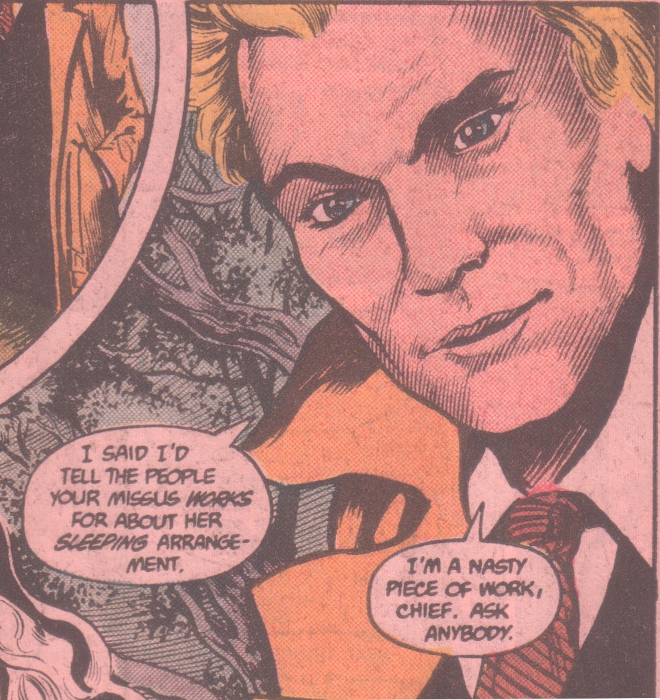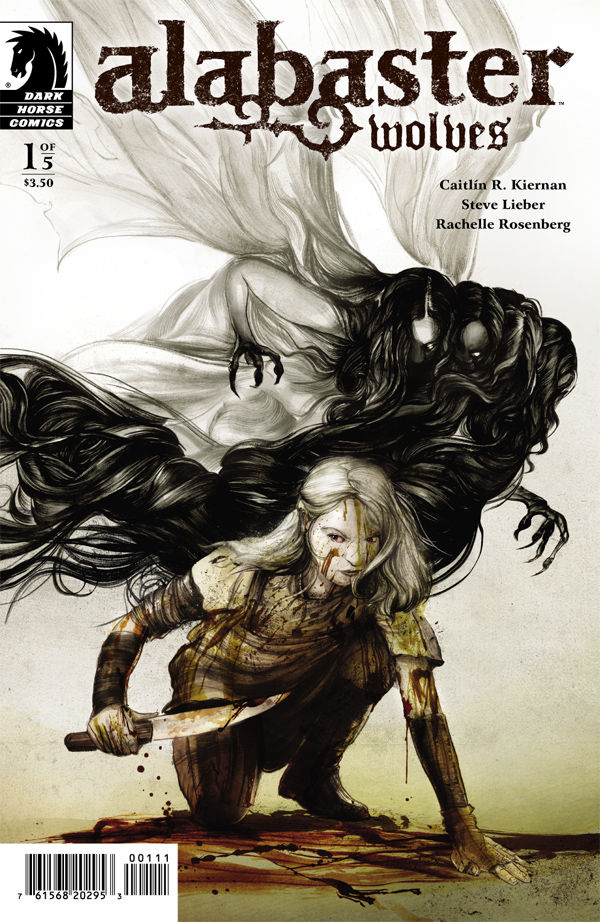“Okay, if you’re going to be a little pussy about it I guess we can start on the baby floor. Jesus, Dave! It’s like training the Tiny Titans sometimes.”

Kick-Ass is back with a vengeance in this prelude story, to both the movie and the comic Kick-Ass 2, featuring Hit-Girl. The book collects the the five issue series and was created by the usual creative team of Mark Millar and John Romita Jr.
After the death of her father in the first Kick-Ass series, pint-sized vigilante Mindy McCready finds herself back living with her nervous mother and police detective step-father. This proves to be to be a fly in the ointment for Mindy who , as Hit-Girl, wants to destroy the Genovese family and their associates as revenge for her father. She also takes Kick-Ass under her wing supervising his superhero training but her most difficult task is fitting in as a 12 year old girl at school.
I loved this book. It full of humour taking a long hard look at the actions of comic book superheroes when fighting crime, who Mindy places a lot of emphasis on when training Kick-Ass, but also in a great series of sequences featuring Red Mist as he takes the Batman route and learns Eastern techniques from Himalayan monks and mystics. The ultraviolence is present too as Hit-Girl destroys the Genovese crime empire piece by piece and closer to home as her actions bring the mob to her door threatening her new found family. If you are already a fan of the Kick-Ass series then you will probably be picking this up anyway without any recommendation from me but if you haven’t read them and are a fan of Garth Ennis then you should give the books a try – start with Kick-Ass followed by this one and then Kick-Ass 2.
I have to mention that the series cover gallery also features this fabulous variant cover to issue 5 by Bill Sienkiewicz after Sienkiewicz:

Brilliant!








